- Start with early bedtimes, practice independence (like opening snacks and using the bathroom alone), and visit the school ahead of time so it feels familiar and safe.
Starting Elementary School
Ten tips to make the transition to kindergarten easier for your child
Clinical Experts: Kersten Russell, MSEd , Jane Wong, PsyD
en EspañolKey Takeaways
-
Start easing into an earlier bedtime a couple of weeks before school starts.
-
Practice independence skills like opening snacks, using the bathroom solo, and packing a backpack for school.
-
Send your child to school with a small comfort item or family photo to help soothe first-day jitters and separation anxiety.
When Courtney Browning’s daughter Emersyn started kindergarten, she came home exhausted. “She got on the bus at 8:15am and didn’t get home until 4:30pm, so sometimes she would melt down at the end of the day,” Browning said. “Or she would fall asleep on the couch, and that would interfere with bedtime later.”
Browning has taught kindergarten in Ohio for 11 years, but it still took a few weeks for her daughter to adjust to starting elementary school, and it’s not just the long days. Kindergarten has gotten more academic: In 1998, 31 percent of teachers expected kids to learn to read in kindergarten, while 80 percent did in 2010. Kids might still do fingerpainting and run around on the playground, but they are expected to sit still and do structured activities for the bulk of the day — a big change, even for kids who went to preschool as Browning’s daughter did.
Here are 10 tips from teachers and clinical experts on what you can do to smooth your child’s transition to kindergarten.
Prioritize sleep
“Sleep is so important,” says Kersten Russell, MSEd, a reading specialist on the School and Community Programs team at the Child Mind Institute. “I see a lot of kids who are overtired at school, and lack of sleep can definitely contribute to behavioral challenges or meltdowns.”
Five- and six-year-olds should get 10-13 hours of sleep, according to the American Academy of Pediatrics. Research finds that 5-year-olds who regularly get at least 10 hours transition more successfully to kindergarten, meaning they have higher ratings for behavior, relationships, and academic performance.
Over the summer, you might have let your kid stay up late but try to start adjusting to an earlier bedtime at least two weeks before school starts. “Each day you’re going to make bedtime a little bit closer to the time it’s supposed to be,” says Jane Wong, PsyD, an associate neuropsychologist at the Gund Learning and Diagnostic Center at the Child Mind Institute. You also want to have good sleep hygiene, she says. That means no screens an hour before bedtime and doing a relaxing activity, like reading books together, to help wind down and get sleepy.
Introduce group activities
If kids haven’t been in preschool or day care, it’s helpful to expose them to other structured activities so they can practice following directions from a teacher in a group setting. Otherwise, “they don’t quite understand that they have to sit and listen. Even if they don’t 100 percent want to participate in an activity, they still need to do what everyone else is doing,” Browning says. Russell suggests bringing your child to library story hour or music classes, which are similar to a classroom environment and can go a long way in easing the transition.
Visit the school in advance
“The best thing for parents to do to prepare kids is give them as much predictability as possible,” Dr. Wong says. The actual first day of school can be chaotic, so you don’t want that to be the first time they go there. Bring the child to the neighborhood around school and walk around, making them feel safe, and explain that this is the school they’ll be going to soon. “The tone of voice when you talk to the child is also important, conveying that this is a safe place, a fun place,” she says.
Even kids who have been in a preschool program might get nervous about going to a new school, getting to know an unfamiliar teacher and making friends. It can help if you talk about what might be different in kindergarten to prepare them, Dr. Wong says. There will likely be more kids in the class than in preschool, for example, and older kids in the hallway.
Bring a family photo to soothe anxiety
Separation anxiety is mostly a problem in the first few weeks of school. But it can come up throughout the year after a long weekend or vacation — even with kids who didn’t have problems when school first started.
If kids struggle with separation anxiety, having a photo of their parents or a special trinket with them can be helpful, Browning says. When they feel anxious, they can look at the photo or touch the trinket that their mom and dad had touched before, and that can soothe them. Her school has a therapy dog that also helps calm kids down.
One thing Browning warns against is keeping kids home from school to give them a break or telling kids that if they are having a bad day, they can tell the teacher and the parent will come get them. “If you give kids an option to go home, they’ll reach for that immediately instead of trying to cope,” Browning says.
Normalize feeling nervous
Some kids don’t know any of the others in the class and worry that they won’t make friends. On the first day of school, Browning says, she’ll tell her students, “We are all in the same boat — I don’t know any of you, so I understand feeling nervous.” Parents can say they’re nervous, too, to normalize the emotion.
It can also help to give them a script they can use for meeting someone for the first time. “You can say, ‘Hello, my name is John. Nice to meet you.’ Role-playing can really help,” Dr. Wong says. For kids who have social anxiety, you can practice smiling and waving — “give them as many tools in their toolbox as you can, for whatever they feel comfortable doing.”
Deep breathing exercises can also help kids find calm when they feel anxious. Parents can find belly breathing videos online to watch with their kids and practice together (here’s one with instructions and another on how to use it). The videos show in a very visualized way how to take slow, deep breaths in their belly, like a balloon, and letting it out again. “I suggest following along with the videos because it allows your child to watch and listen to the instructions while they learn and practice belly breathing, and pairing different sensory modalities is important for learning,” Dr. Wong says.
Prepare for potty independence
Don’t be surprised if kids regress a bit at the start of school — having accidents after they’ve been potty trained for years. Kids need to learn to recognize the urge to use the bathroom without being asked by a parent, which takes practice. Another issue is that kids might be used to having parents help them in the bathroom. “Even with my own kids, I didn’t realize that I was going in and doing everything for them,” Browning says. “And then I thought, ‘Wait a second. When I stop doing this, they’re not going to know how to do it.’”
She says it’s important to break things down into small steps and narrate as you go, like remembering to use soap to wash your hands and then getting a paper towel to dry them. “You need to practice until they can do it independently, without prompting,” she says. Otherwise, at school, they will be waiting for verbal prompts from an adult for each step — something the teacher can’t do for every child.
Create a visual checklist
Kids are responsible for their own things at schools, so it’s helpful to practice some of the routines at home before school starts, Dr. Wong says. When they go into the classroom, they will be expected to put their things away in a cubby. “At home, you can pretend. This is your cubby. What do you do when you’re going to the classroom? You put away your jacket, put away your backpack, and maybe take out your water bottle,” she says. Kids can learn to pack their backpack using a visual checklist, with small photos or simple icons of a water bottle, snack, and lunchbox (which you can find on Google Image), for example. These practice sessions are especially helpful for kids who have problems with organization or trouble managing their belongings, she says.
Work on hand strength
In the last few years, Browning has noticed a decrease in fine-motor skills in new students, which translates into trouble with handwriting (she attributes it to the use of touchscreens and tablets supplanting drawing and other play that requires dexterity). If your kids like to use Play-Doh, she says, try substituting putty, which is a little harder to manipulate and will strengthen fingers. She also encourages beading bracelets, threading beads on pipe cleaners, and picking up things with tweezers or a clothespin — anything that will increase dexterity and hand strength. It also helps if kids come in with at least some experience using scissors safely, even if it’s just cutting a piece of paper in half.
Practice opening snacks
If your child has favorite snacks they will want to bring to school, make sure they know how to open them on their own. Parents often twist open applesauce pouches before handing them over to their child, for example, but teachers don’t have time to do that for every kid. With a little practice, little fingers can do it, along with opening zippered baggies and other snacks.
Clementines are another kid favorite — and Browning suggests (on behalf of all kindergarten teachers) that you break open the peel in one spot before putting it in the bag. Start it for them, she says, and kids can usually peel the rest on their own.
Alleviate lunchroom anxiety
Eating lunch on their own is a common worry for kids. In the weeks leading up to school, Browning recommends packing a lunch box and having them eat it at the kitchen table. You can see what they struggle with, so you can practice with them until they feel more confident doing it on their own.
The noise and hubbub of the cafeteria can be tough for some kids, she says, but exposure helps. Take them to a busy food court for a meal so they can get used to eating in a loud place.
Kids can also feel nervous about the lunchroom because they don’t know what to do when they need help. “Before school started my daughter asked me, what if I can’t find my teacher?” Browning says. “She was hung up on the idea that her teacher was the only person she could turn to.” If she got lost finding her way back to the cafeteria from the bathroom, for example, she could go to any adult in the school and ask for help. Telling her daughter that helped alleviate some of her anxiety.
And hopefully, this will alleviate some of your own anxiety as well. You will need to respond to things as they arise but just being aware of what the issues might be can make the transition to kindergarten go a little smoother.
Frequently Asked Questions
Normalize the anxiety by sharing that even adults feel that way sometimes, and practice calming strategies like deep breathing or role-playing how to meet new friends.
Teachers work hard to create a warm, structured environment where kids feel safe and supported — they know most kids are adjusting and are ready to guide them through it.
References
The Child Mind Institute publishes articles based on extensive research and interviews with experts, including child and adolescent psychiatrists, clinical psychologists, clinical neuropsychologists, pediatricians, and learning specialists. Other sources include peer-reviewed studies, government agencies, medical associations, and the latest Diagnostic and Statistical Manual (DSM-5). Articles are reviewed for accuracy, and we link to sources and list references where applicable. You can learn more by reading our editorial mission.
-
Bassok, Daphna, Scott Latham, and Anna Rorem. “Is Kindergarten the New First Grade?” AERA Open 2, no. 1 (2016).
https://doi.org/10.1177/2332858415616358 -
Teti, Douglas M., Corey J. Whitesell, Jacqueline A. Mogle, Brian Crosby, Orfeu M. Buxton, Karen L. Bierman, and David M. Almeida. “Sleep Duration and Kindergarten Adjustment.” Pediatrics 150, no. 2 (2022): e2021054362.
https://doi.org/10.1542/peds.2021-054362

Was this article helpful?
Related Reading
-
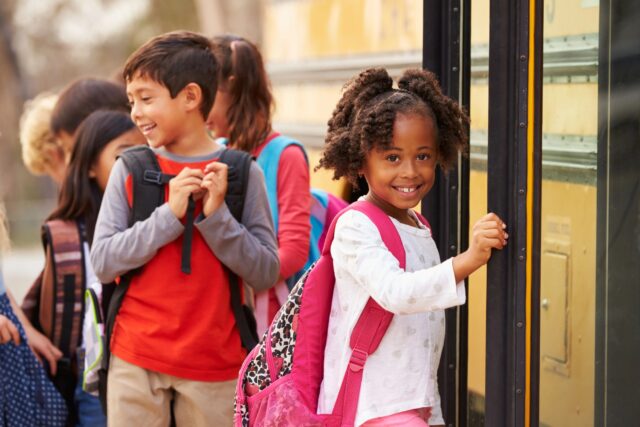 Is Your Child Ready for Kindergarten?
Tips to help parents decide when a child is mature enough for school
Is Your Child Ready for Kindergarten?
Tips to help parents decide when a child is mature enough for school
-
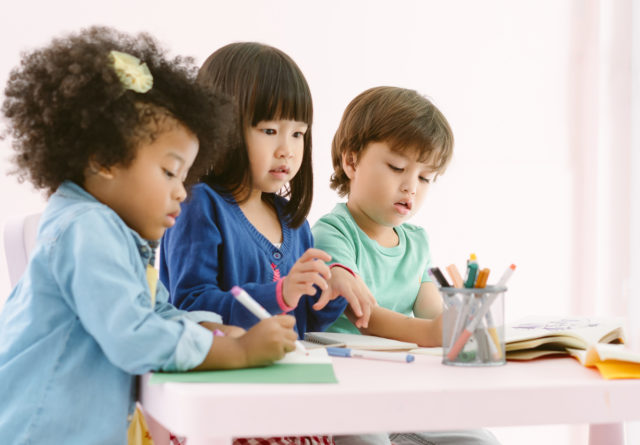 Early Signs of Learning Challenges
Tips that young kids might need support to thrive
Early Signs of Learning Challenges
Tips that young kids might need support to thrive
-
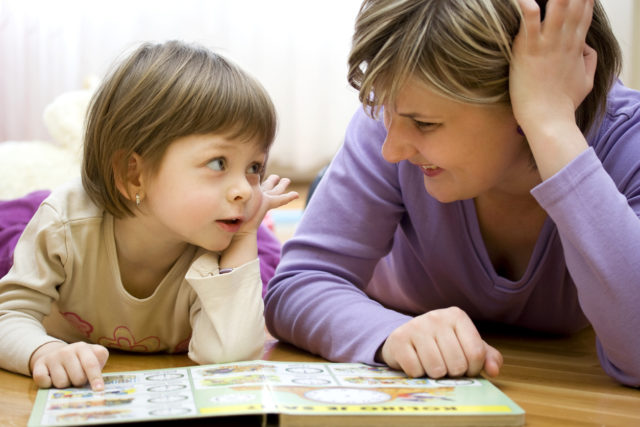 How to Support Young Kids Who Are Struggling in School
Boosting self-esteem and frustration tolerance will help them stay positive
How to Support Young Kids Who Are Struggling in School
Boosting self-esteem and frustration tolerance will help them stay positive
-
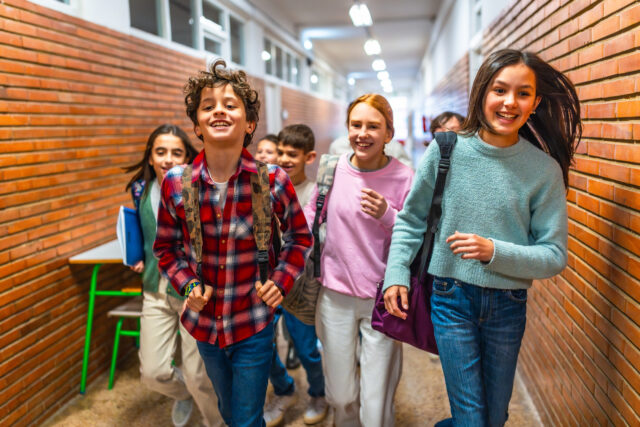 Starting Middle School
What your child might face and how you can help
Starting Middle School
What your child might face and how you can help
-
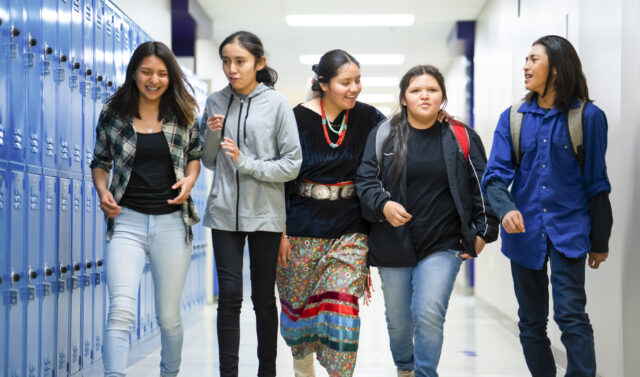 Starting High School
How to support kids during the transition and throughout freshman year
Starting High School
How to support kids during the transition and throughout freshman year
-
 What Is a Behavior Intervention Plan?
A BIP is a plan to help children whose problem behavior in school is affecting…
What Is a Behavior Intervention Plan?
A BIP is a plan to help children whose problem behavior in school is affecting…
-
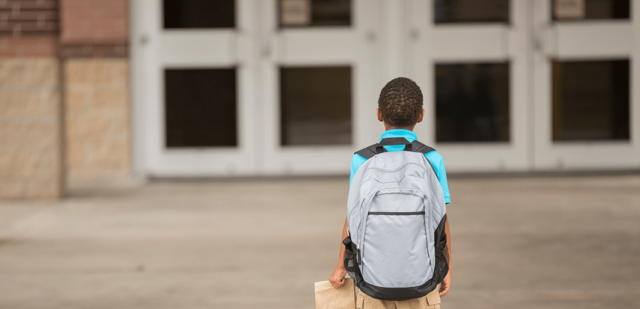 Back-to-School Anxiety
How to help kids manage worries and have a successful start to the school year
Back-to-School Anxiety
How to help kids manage worries and have a successful start to the school year
-
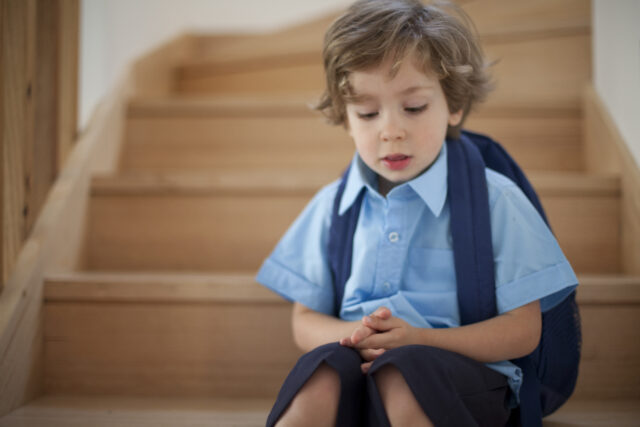 Selective Mutism and Starting Kindergarten
What to do to help kids with SM transition to elementary school
Selective Mutism and Starting Kindergarten
What to do to help kids with SM transition to elementary school
-
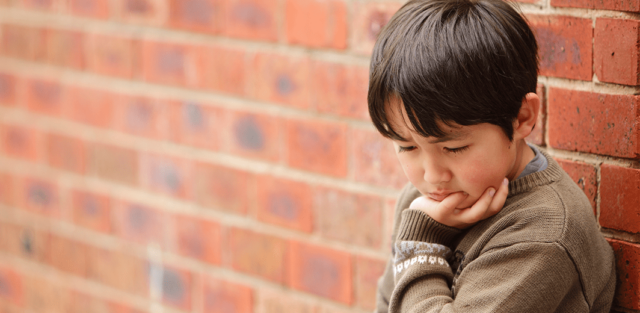 When Kids Refuse to Go to School
How to recognize what's called 'school refusal' and how to get kids back in class
When Kids Refuse to Go to School
How to recognize what's called 'school refusal' and how to get kids back in class
-
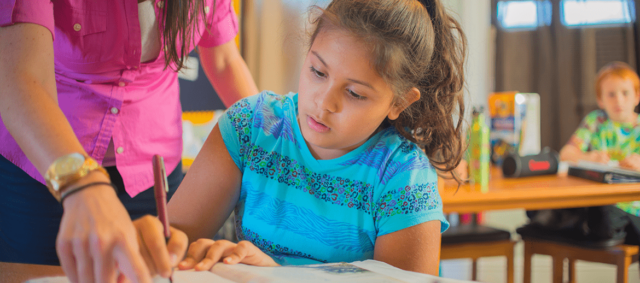 Twice-Exceptional Kids: Both Gifted and Challenged
2e kids, as they’re called, have a unique set of issues that need addressing
Twice-Exceptional Kids: Both Gifted and Challenged
2e kids, as they’re called, have a unique set of issues that need addressing
-
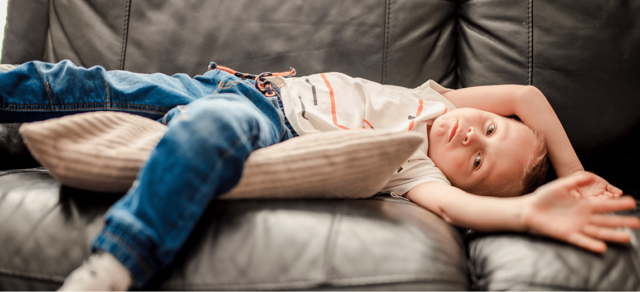 Does Your Child Lack Motivation?
What it could mean when kids just don't seem to be trying very hard in…
Does Your Child Lack Motivation?
What it could mean when kids just don't seem to be trying very hard in…
